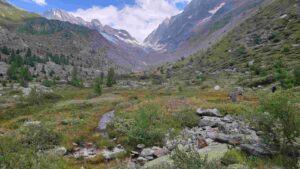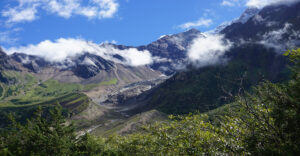Abstract/Description
Many climate change projections are available or under development on a global, regional, and local scale. This diversity can be explained by the increases in computational power and the rising pressure as we experience the hydrological impacts of climate change worldwide. While many studies propose methodologies to evaluate General Circulation Models (GCMs) or to intercompare downscaling methods, there is a knowledge gap for hydrological impact modellers when they need to choose between using available projections or developing new ones to use as input in water resources models. To this end, we propose a methodology to evaluate the spatial and temporal aspects of precipitation and temperature projections used for hydrological modelling. Due to the broad range of temporal scales of interest, it evaluates sub-daily to yearly projections. This methodology is applied in a high mountain tropical catchment with complex orography as case study. We focus on high mountains because they are considered uncertainty hotspots due to the high spatial variability, sparse observations and reduced performance of common techniques. Our method is guided by the cascade of uncertainty concept which represents the uncertainty introduced in each step of the impact modelling chain. In the first step of the method, each projection is treated as a streamline of the cascade because it uses a limited number of scenarios, GCMs, downscaling methods and reference observational products. In a next step, precipitation and temperature indicators at hydrologically relevant scales are quantified during the historical period to evaluate the representation of the present climate in the catchment of interest. Finally, indicators during the future scenario are included to identify the signal of climate change and to detect the projected changes in the water cycle and the possible implications for water resources over a catchment prior to the development of a hydrological model. Although the selection of the best projection is neither feasible nor foreseen, this methodology aims to guide a coherent selection of available products or to identify the need to develop new ones for specific hydroclimate aspects before we continue adding layers to the already big cascade of uncertainty.


